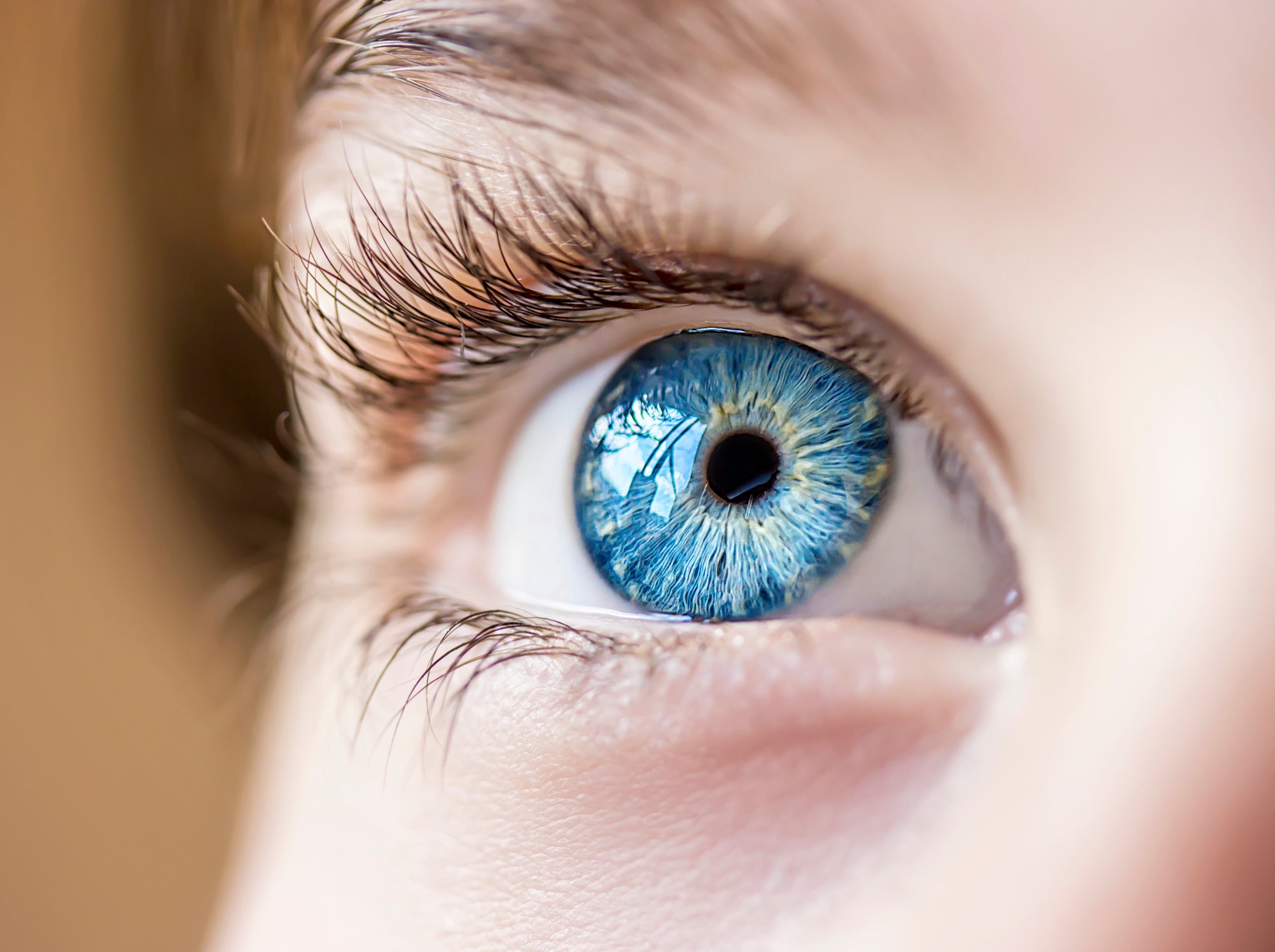Eyes may offer glimpse into neurological conditions
New study could help improve diagnosis of autism and ADHD, reports Liam James

A child’s eyes may indicate whether they have neurological disorders, a study found.
Scientists said signs of ADHD and autism spectrum disorder (ASD), two prevalent disorders that often go undiagnosed in childhood, can be detected in the retina.
A team from Flinders University and the University of South Australia used an electroretinogram to measure the electrical activity in a child's retina when repsonding to a light stimulus.
They noticed that children with ADHD had higher activity than average, while those with ASD had less.
According to the World Health Organisation, one in 100 children are diagnosed with ASD and 5-8 per cent of children are diagnosed with ADHD. But diagnoses are often missed in childhood, particularly in girls.
A Newcastle University study last year suggested the number of children with autism was nearly twice the number diagnosed, at one in 57. While the charity ADHD action projects that 1.5m UK adults have ADHD but only 120,000 are formally diagnosed.
Dr Paul Constable, research optometrist at Flinders, said the findings of the retina study could help diagnosis in future.
He said: “ASD and ADHD are the most common neurodevelopmental disorders diagnosed in childhood. But as they often share similar traits, making diagnoses for both conditions can be lengthy and complicated.
“Our research aims to improve this.”
Dr Fernando Marmolejo-Ramos, co-researcher and expert in human and artificial cognition at the University of South Australia, said the research has potential to be applied to other neurological conditions.
He said: “Ultimately, we’re looking at how the eyes can help us understand the brain.
“While further research is needed to establish abnormalities in retinal signals that are specific to these and other neurodevelopmental disorders, what we’ve observed so far shows that we are on the precipice of something amazing.
“It is truly a case of watching this space; as it happens, the eyes could reveal all.”
The researchers used an electroretinogram to conduct their studies. Though the test is commonly used to to inspect for eye diseases, it has great potential in neurology.
Retinal activity can reflect what happens in the brain – and is far easier to interpret.
“Because the eyes are connected to the brain, they kind of link up together… it’s a lot easier talking to the eye than to look into the brain, so to speak, so we have a fairly simple test that we can do, that looks at the electrical activity of the retina, which kind of mirrors we think the actual activity going on in the brain,” Dr Constable told Australia’s 6PR News.






Join our commenting forum
Join thought-provoking conversations, follow other Independent readers and see their replies
Comments